As we gear up for the UN’s Summit of the Future, where the spotlight is on amplifying youth voices in global policymaking, I reflect on a transformative journey I embarked on last November. Invited by schools and universities across Japan, I had the privilege to speak with the country’s youth on the UN Sustainable Development Goals (SDGs), supported by the World Dream Project and One Young World.
The first stop on this journey was Hiroo Gakuen, where I was greeted by a room brimming with eager faces on a crisp Sunday morning. Despite the early hour, the students’ enthusiasm for public service and global impact was unmistakable. I had to start from the beginning. “To tell you a little bit about my story,” I began, recounting my upbringing in Kerala, India. From a young age, volunteering and community service were integral parts of my life. Later on, my academic journey took me to some of the foremost institutions in the world. The motto at Harvard Kennedy School, my alma mater, “Ask What You Can Do,” continues to resonate deeply with me and guide my actions for public service.
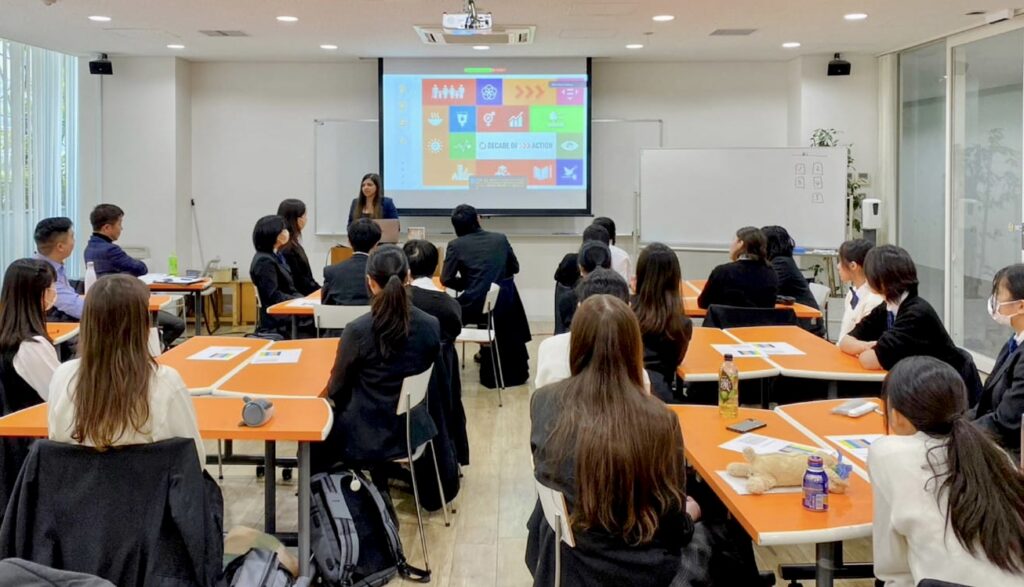
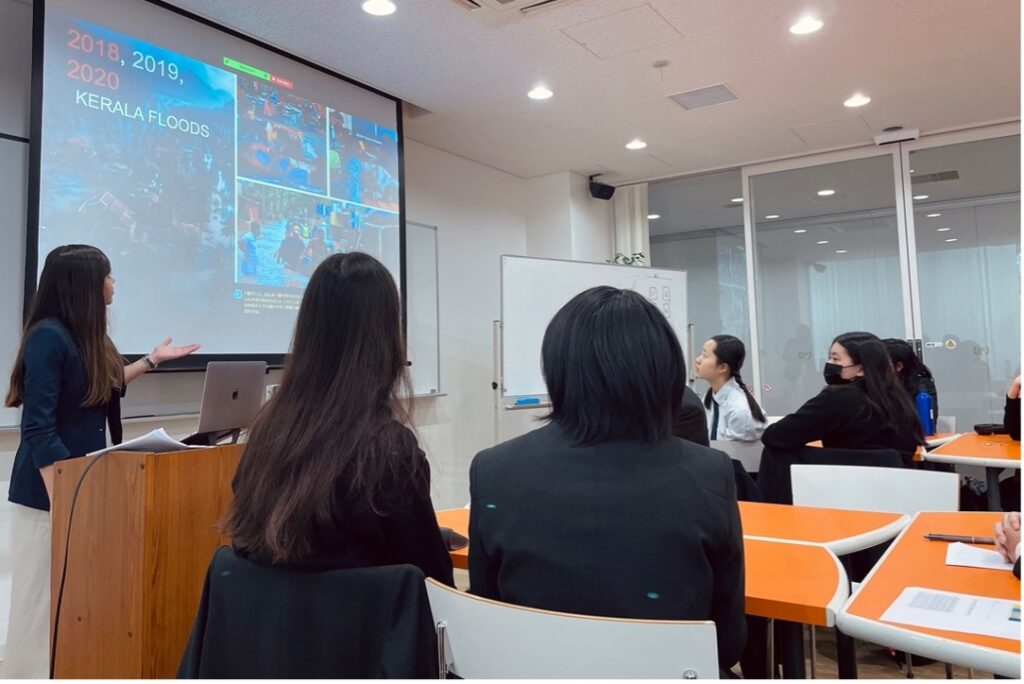
Reflecting on my career path, I highlighted the interconnected nature of global issues. Over the years, my work and research have taken me to various parts of the world. Working from local to global institutions, including some of the highest offices within the UN, NGOs, and government ministries, I’ve tackled diverse challenges—from climate change and environmental protection to gender transformative education and diplomacy. Today, at the UN, I am part of a dedicated team working to create frameworks for sustainable peace that support societies torn by conflict. The discussion then progressed to dialogues on critical SDG2030 areas, such as climate action, gender equality, and fostering inclusive societies. We delved into the role of today’s youth in contributing to these collective goals, exploring avenues for impactful engagement and meaningful progress.
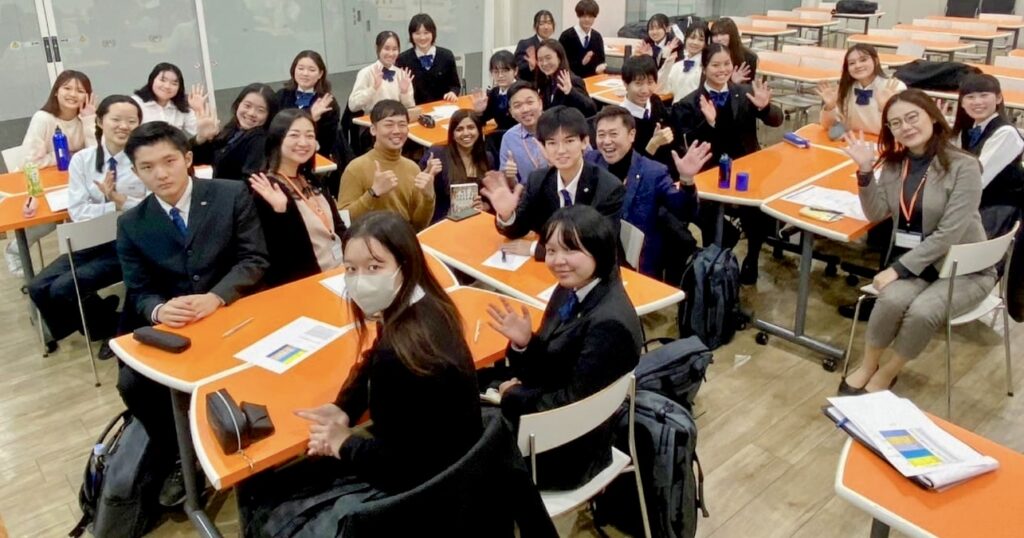
The next day, speaking to students at Hosei University, the experience was equally impactful. I was honoured to be invited to give a lecture as part of their SDGs Week 2030. Standing before a packed room at the Sky Hall, I shared stories from the frontlines. Over the past years, my journey has cut through myriad stories at the juncture of disasters, institutional instabilities, and structural poverty. I have seen a young FARC guerrilla surrender his last weapon in Colombia during the historic peace agreement; I’ve stayed under UN office lockdown during an Al-Shabaab attack in Nairobi; I’ve witnessed hyperinflation erase the life savings of a Venezuelan family and held the hands of a dying child in a Rohingya refugee camp. My mind is effectively imprisoned by the enduring portraits of these individuals arrested in their circumstances.
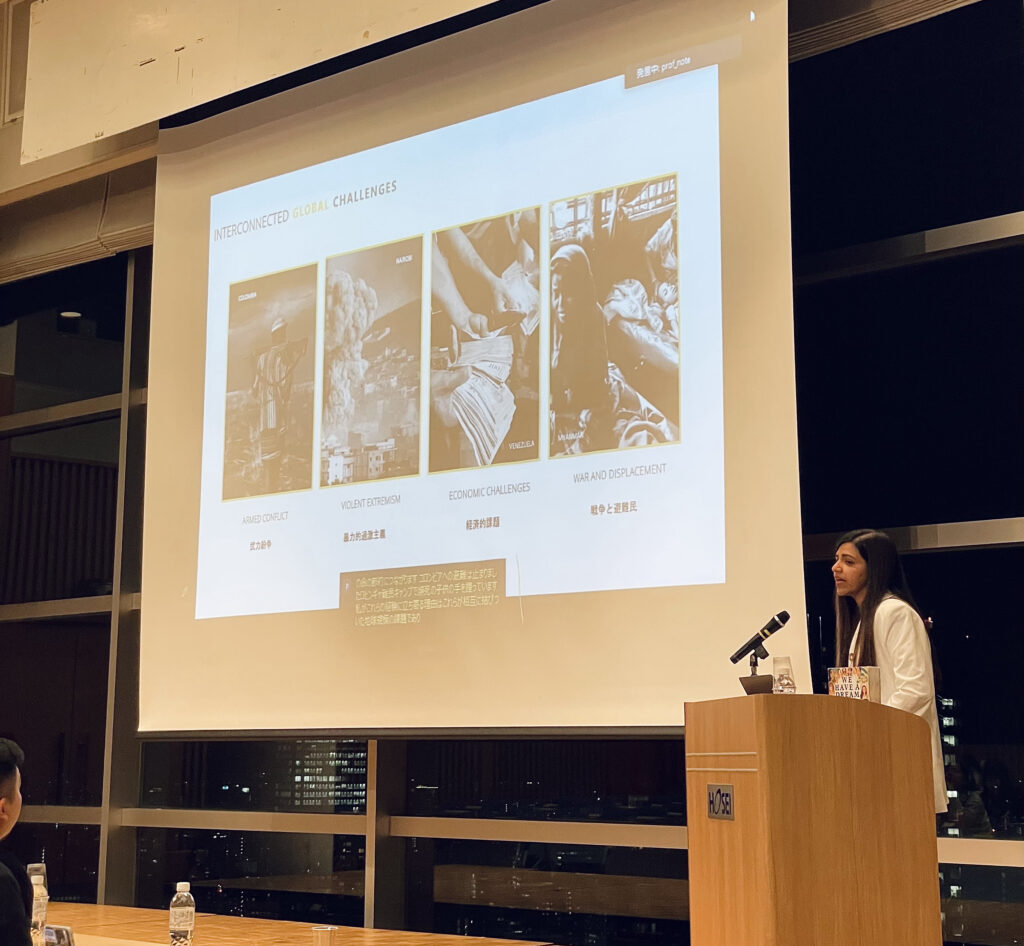
I highlighted in my interactions that these issues are not isolated. They may look like discrete issues – in different places – during different years – but they are all interlinked. Solving one problem often requires addressing others simultaneously. Armed conflicts, violent extremism, economic challenges, and displacement are interconnected threads in the complex fabric of global challenges. I was also careful to stress that my path to making a global impact is just one among countless others. Each journey is unique, driven by personal questions, ideals, and motivations. The landscape of global service today is vast, with the UN often working hand in hand with NGOs, governments, the private sector, and grassroots organizations— all valid pathways to making a global impact.
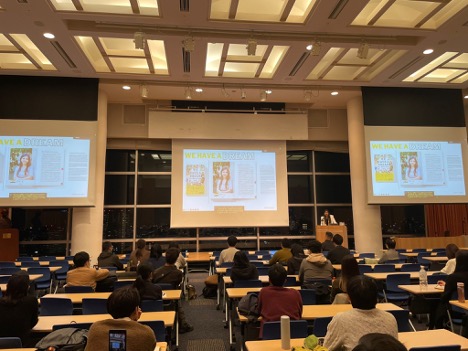
The most rewarding part of this engagement was that I was told to expect a reserved audience at Hosei University. Yet, after my presentation, the room was abuzz, and many hands shot up with insightful questions. The students’ enthusiasm and engagement were beyond what anyone had anticipated. During our dialogue, a student’s question stood out: “How can we, as young individuals, actively contribute to the implementation of SDGs?” This inquiry sparked a vibrant discussion, highlighting a common perception of the SDGs as a complex and distant agenda, often filled with technical jargon that can alienate its intended beneficiaries—especially young people. As part of my ongoing efforts, I’ve actively sought to bridge this gap and make the SDGs more accessible, with engagements in Japan forming a crucial part of this endeavour.
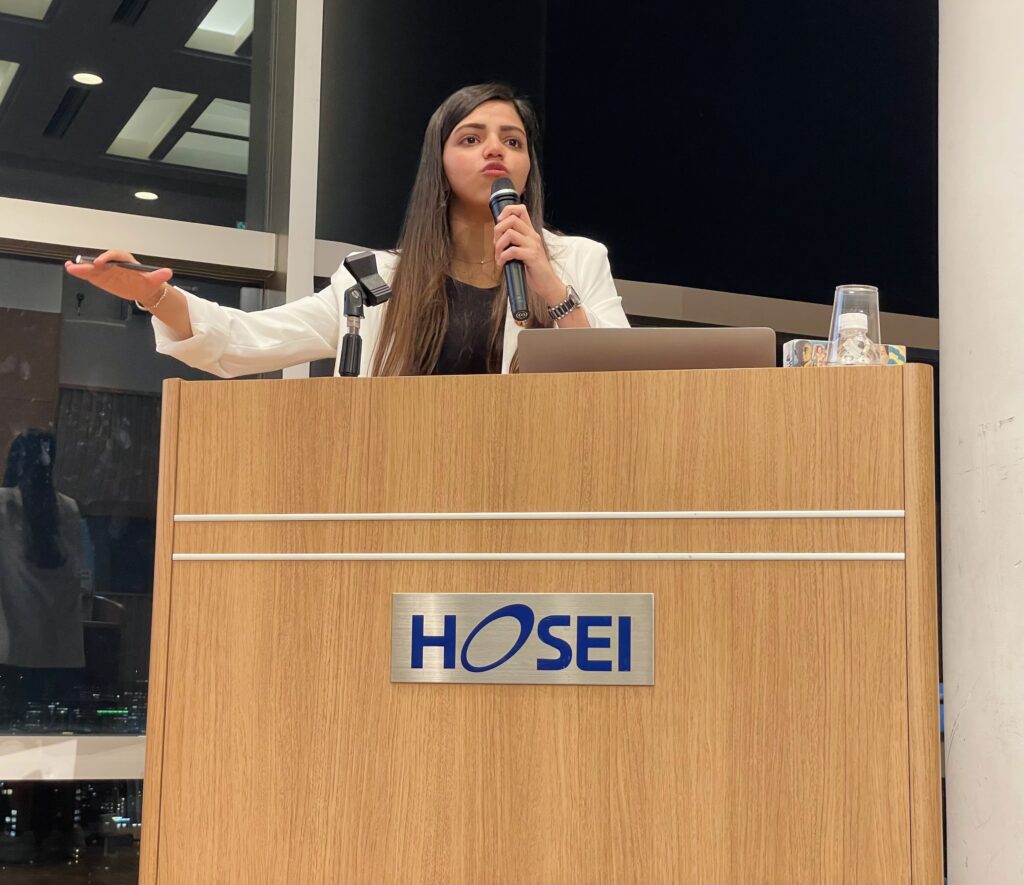
In closing, I emphasized the significance of the impending SDG Agenda 2030, now only 6 years away. The evolving landscape of global issues today necessitates new iterations, reconfigurations, and articulations of action. With numerous dreams and stories waiting to be realized, I urged each student to seize this pivotal moment. Our actions and even inactions will dictate where the pendulum of collective history will oscillate- between a sustainable future and a catastrophic certainty.

Another memorable experience unfolded during an evening meetup organized by the World Road Inc. at Roppongi, in the heart of Tokyo. The room brimmed with bright, engaged minds—youth from diverse corners of the country who had journeyed to connect with like-minded peers, partake in discussions on youth action and global impact, and, to my surprise, meet me and hear me speak firsthand. Our conversations traversed a spectrum of topics—from gender dynamics and national politics to international diplomacy and peacebuilding. During our conversation, I found myself humbled by the depth of their inquiries. While I may not have had all the answers, engaging with them, answering their questions, and listening to their perspectives on today’s world and the challenges of the future was immensely rewarding.
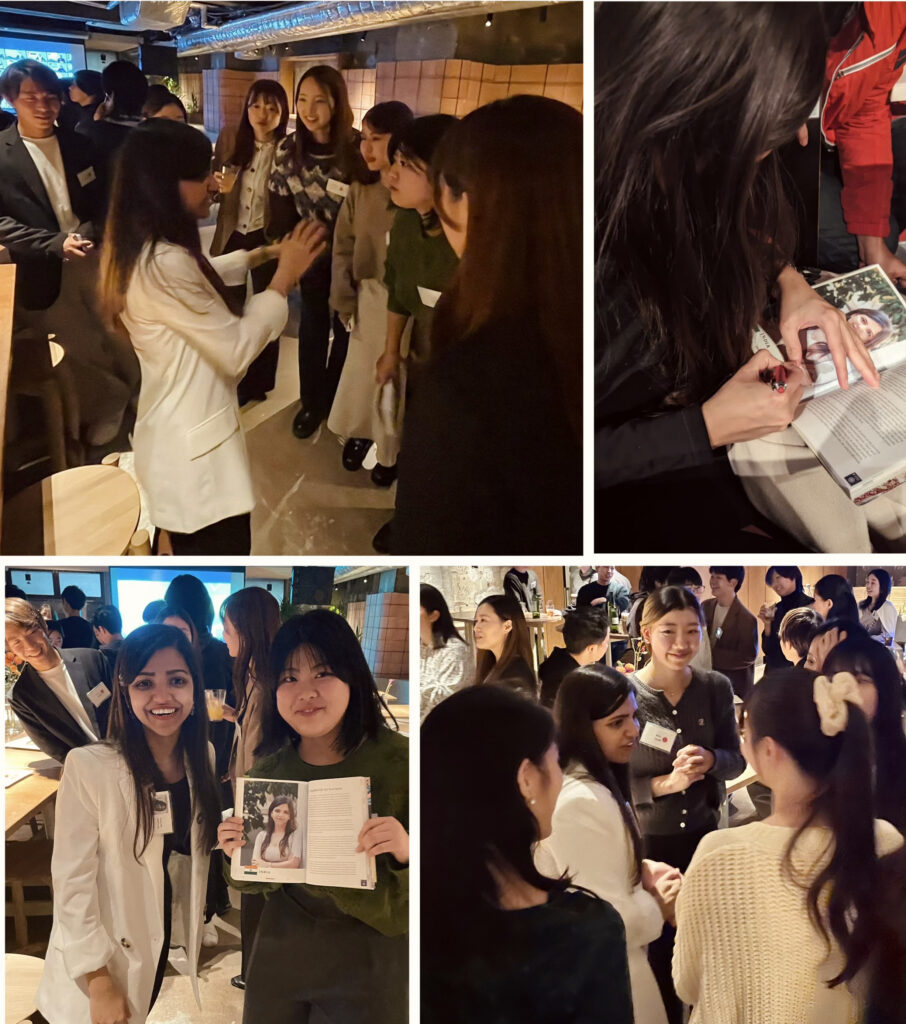
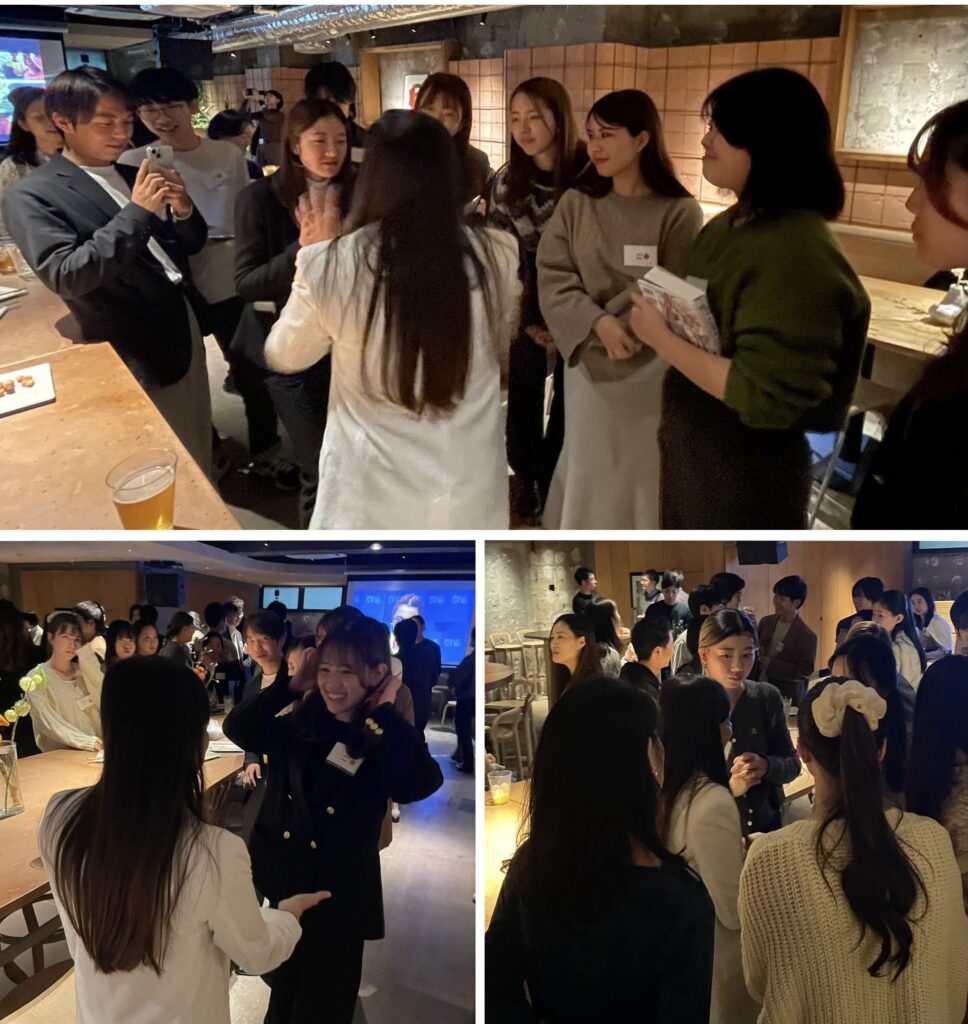
One encounter stood out vividly in my memory—a girl in the group brought along a copy of the ‘We Have a Dream’ book, revealing that she had been inspired to meet me ever since reading my chapter during her high school days. I was reminded that every dream in the book belongs to everyone who believes in the possibility of a more equitable and sustainable world. They are dreams that transcend individual ownership – they are part of a larger tapestry of aspirations that collectively shape the world we want to create. Another memorable moment arose when an anxious student, using Google Translate, posed a pertinent question: “What role does the UN play in today’s shifting world, and how can we navigate the delicate balance between national interests and multilateral goals?” These exchanges emphasized the abundance of perspectives and insights carried by today’s youth, highlighting their sense of urgency and concern. These conversations also reinforced my long-term belief in the necessity of addressing contemporary challenges as global citizens, committed to solving common problems instead of falling into unhelpful binaries of ‘us’ and ‘them.’

My journey then led me to Kyoto, to the doorstep of Iroha Publishing House—the birthplace of the “WE HAVE A DREAM” book. The book has been a culmination of the dreams and aspirations of 202 young leaders from all corners of the world, united by a common purpose to make the world a better place. Standing in Iroha Publishing House, where this journey began, served as a powerful reminder of the impact that individuals can have when they come together for a shared cause. I had the pleasure of meeting the warm and friendly faces at Iroha Publishing who greeted me with excitement. I had the opportunity to meet the various teams across multiple floors of the publishing house, including the illustrator who crafted my portrait for the book cover without having seen me before.
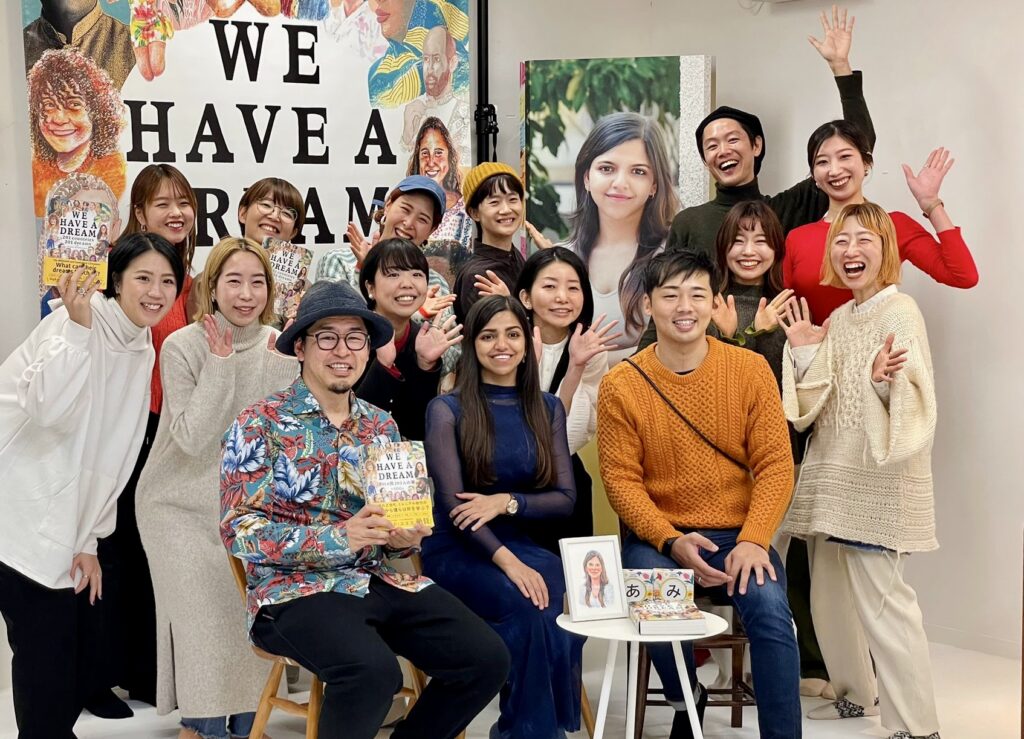
Later, during an interview with the founder of the publishing house, they posed many interesting questions. They inquired about my thoughts on the book, specifically focusing on my chapter titled ‘A Dignified Life for Everyone,’ and my reflections on the initiative. In response, I emphasized that the “WE HAVE A DREAM” initiative is ultimately democratizing the SDGs, stripping away the complex language and showing that they are ultimately about dreams that transcend borders and cultures. I also expressed my gratitude for being part of this movement that recalibrated SDGs by demonstrating that they are not the exclusive domain of institutions but a shared vision for a better future. When asked if I had any messages for the readers, I emphasized that the dreams within the pages of the book are not only calls for action but also anchors of hope. They remind us that even in the whirlwind of daunting challenges, there is room for optimism and the belief that change is possible. I encouraged readers to embrace the belief that their actions, no matter how small, can contribute to a better world.
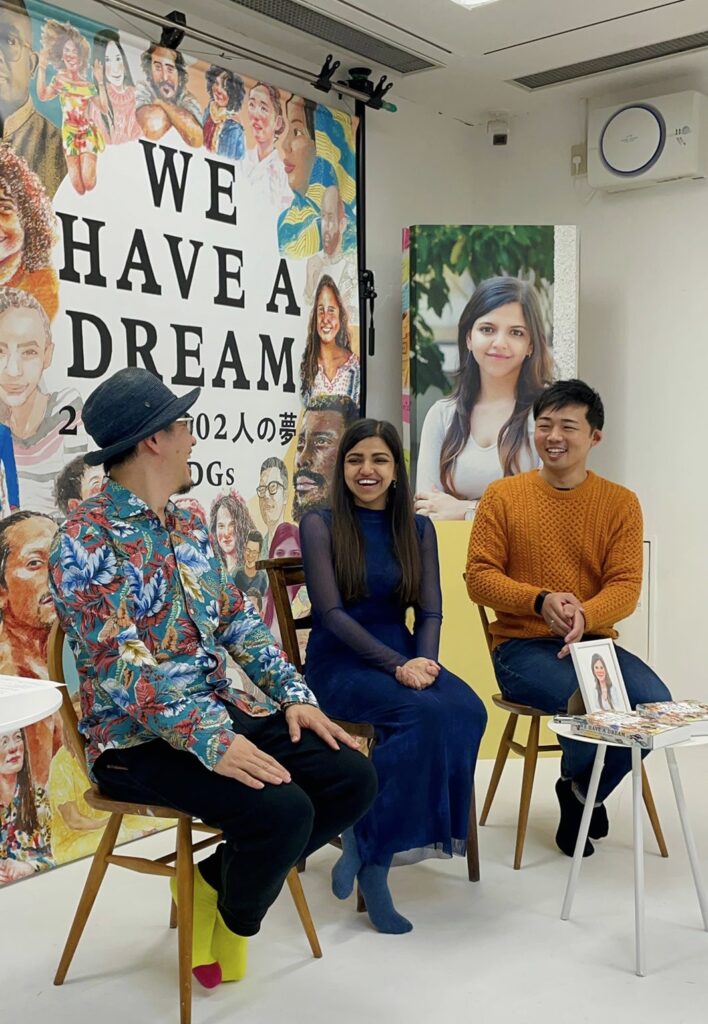
Japan has always held a special place in my heart—a destination I longed to revisit since childhood. And my recent opportunity to engage with youth there was a dream fulfilled. From the dazzling lights of Tokyo and the historic streets of Kyoto to the bustling food stalls in Osaka – my journey through Japan was a mosaic of cultural wonders and natural splendour. I tried my luck at claw machines, donned a kimono, and savoured a bento on the iconic Shinkansen. I got to see the majestic Mount Fuji, drew fortunes at Kiyomizu-dera temple, and wandered the serene paths of Fushimi Inari shrine at dawn. In short, it was an unforgettable journey that only heightened my admiration for this remarkable country and its youth.
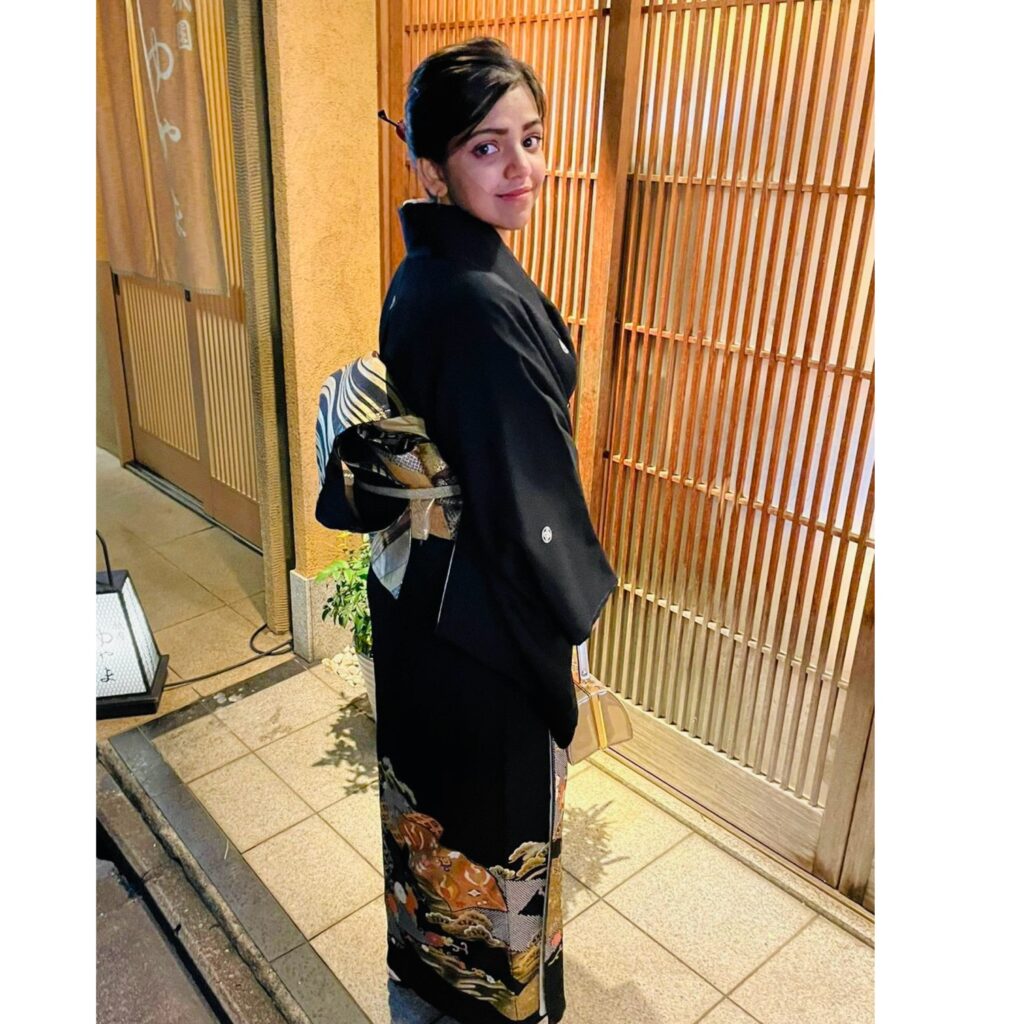
To the young people, I want to stress that taking ownership of our future entails recognizing that the SDGs are not abstract concepts confined to textbooks or the sole mandate of international institutions. They constitute a shared manifesto for our collective future, one that we have an even stronger mandate to uphold – a mandate entrusted to us by generations yet to come. It is our responsibility to represent them and guarantee that they are born into a better world. Ultimately, this journey afforded me a glimpse into the resilience, hope, and determination of Japanese youth. At the end of my trip, I found myself inundated with messages from the youth I had the privilege to engage with. I’d like to end this essay by sharing some impactful messages they shared, making every moment of this experience truly worthwhile.
“To Ms. Anamika Madhuraj, Thank you for visiting our school and giving us an opportunity to hear your presentation. Ever since I was younger I always dreamed of a kinder and safer world for everybody. Although it is broad, it is what I wished for. So much so that my dream as a child was to be this Japanese cat that is said to bring fortune to others (Maneki Neko.) Hearing you present that even local activism and our daily actions will in the end have an effect on the world, it made me feel more sure of my impact on the world however small it may be.”
“Anamika, thank you for taking the time to come to Hiroogakuen. Recently, when teachers ask me what I want to do in the future and what University I’d like to go to, I’ve never been sure of what I wanted to do. Listening to you talk changed that. Learning about how you got to where you are today, and all the changes of mindsets you went through, learning about events that implicitly impact the world, motivated me to think that no matter what I do, I will implicitly have an impact on the world.”
“In a world where social media and materialistic values have practically taken over society, it ingrains the thought that the only way to succeed is by earning a lot of money. However, you changed my mindset into thinking that it isn’t the job nor the amount of income that matters, but rather the mindset and the way one does their job is what matters. Thank you again, for coming to speak to us, and thank you for reviving the mindset that was long gone in me.”
“Thank you so much for the 3-hour session yesterday! Although I had a lot of worries and frustration about my future, listening to the stories and the journey you went through made me realize that dreams do not have to be so specific. Thank you so much for the deep and inspiring talk!”
“Dear Ms. Anamika, thank you so much for taking time off on a Sunday morning to talk to us about the UN. The part that inspired me the most was the fact that regional problems connect to broader worldwide problems. It hadn’t occurred to me that problems in one region can affect another region across the world. I also was able to learn a lot more about the UN. The UN felt like a foreign organization to me as I always had the image of politicians worldwide talking about international politics, but you opened my eyes to a whole new side of the UN, which felt more closer to the community I live in. You also encouraged me to learn more about what the UN does to achieve its goal of world peace and its pursuit of a safer world for everyone.”
“Ms. Madhuraj, Thank you for your wonderful presentation. It was really impressive how you started your career to help your local community. I’ve always thought that I want to help others and to contribute to our community. But I had no idea how I should start, and I was just doing what I was given. I’ve been worried about my future but I realized that starting on a smaller scale and working hard on what I believe I need to do right now can let me go to a bigger scale and can get closer to my dream.”
“Dear Anamika, Thank you so much for visiting our school and spending time with us today. Although I didn’t have a clear picture in my head of what I should do in the future, I was able to understand by listening to you today that it doesn’t have to be something very big, and that by dipping my toes and trying new things, I could maybe end up in a place I thought was unimaginable.”

